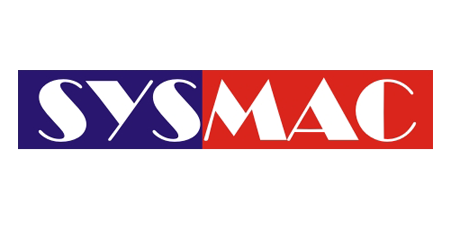Introduction
A Facility Management Audit is a comprehensive review of the available assets in a new or existing building that relate to the preservation of an optimal surroundings or environment.
Objective
The objective of conducting a facility management audit is to record as much information as possible about equipment, practices and policies within the facility to set a benchmark for future measurement. This audit allows the facility owner to note, for example, the age and condition of assets in order to weigh options about repairing or replacing them.
An objectively conducted audit should ideally document FM assets to departmental expectations and enable a comparison with external benchmarks.
Auditable Facility Assets
FM assets eligible for audit could include those that support processes or physical property operations Some examples of are:
- Furnishings (including desks and chairs).
- HVAC Systems
- IT equipment
- Lighting
- Plant machinery.
- Plumbing
- Security devices
- Vehicles.
The audit process
The first step in a facilities management audit is to verify the core business of the organization.
Next the facility auditor should verify that the support services provided by the department are aligned with the core business objectives of the organization. Support services fall into three main categories:
- Building condition.
- Direct maintenance and operations services.
- Indirect maintenance and operations service
Audit Data Evaluation
Once the audit information is gathered, the next step is to categorize everything using benchmarks from resources such as the Experience Exchange Report from the Building Owners and Managers Association International (BOMA International) or facilities management benchmarking data from the Royal Institution of Chartered Surveyors (RICS).
Summary
Once FM audit is completed, the audit may give the organization a means to track costs from year to year, compare operating costs with benchmarked averages and identify areas of improvement within support activities and services. The audit should help top management meet future challenges and provide strategic value to the organization.

